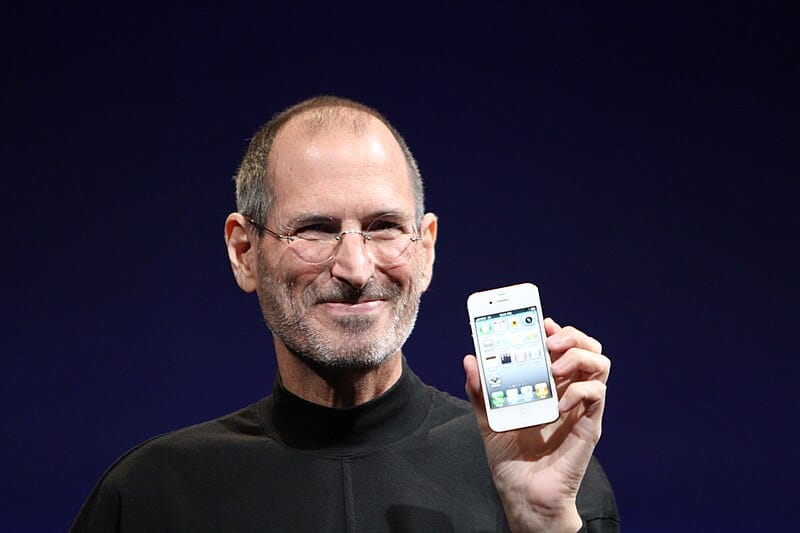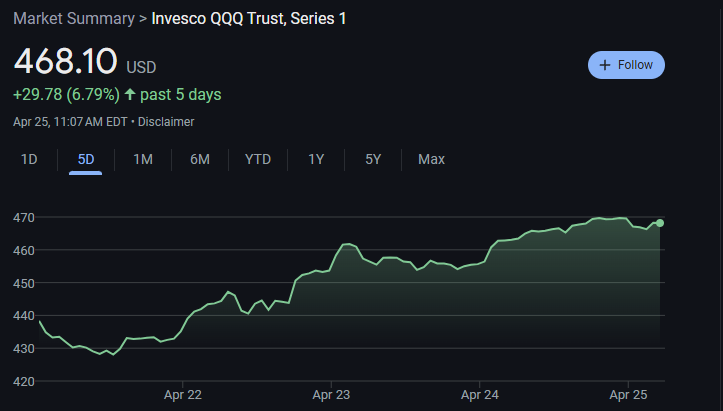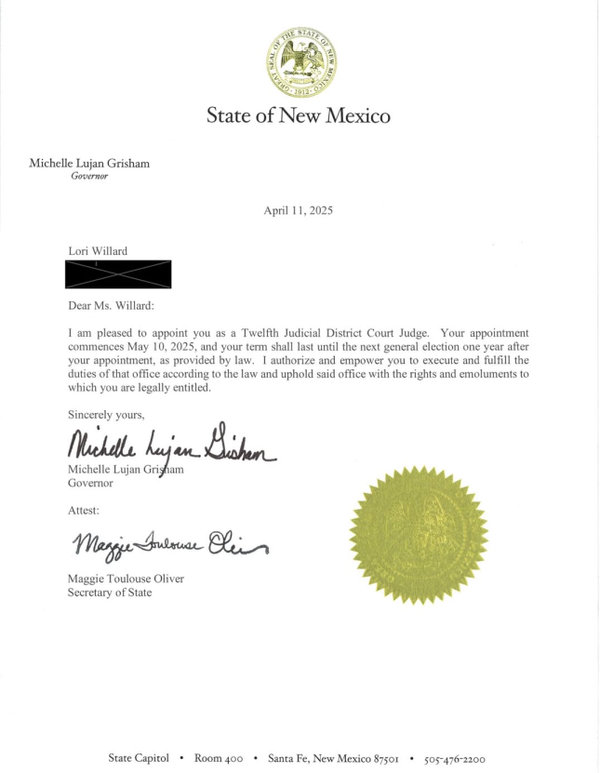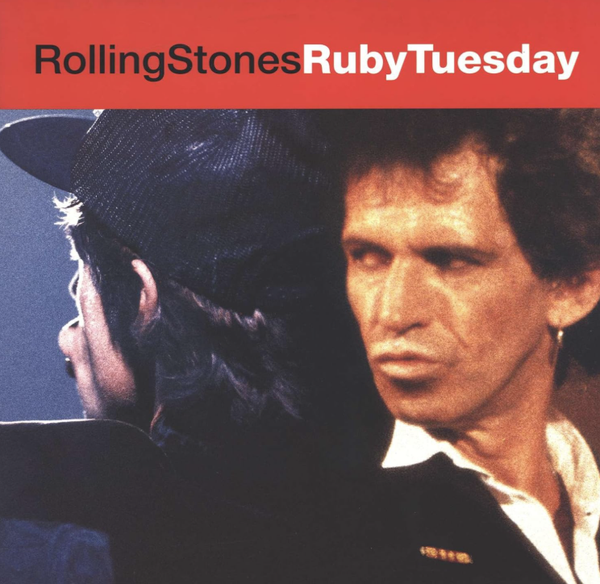Siri-ously Intelligent Apple AI
But perhaps it’s worth a trip down memory lane (or Infinite Loop rather) to help us understand where we are in Apple Intelligence timeline. Do you remember what the original iPhone was like?

Oh, woman you make me feel, like I’m on fire
Oh, woman you make it real, it’s the only way for me
So, if we sometimes fight, doesn’t mean we got problems
Ain’t always black and white, who cares anyway?
Ooh – doesn’t have to be serious
Ooh – doesn’t have to be serious
– Lyrics from Serious by Duran Duran
For most of the last eighteen months, people have been wondering what Apple’s AI strategy would be. After witnessing the “ChatGPT Moment” in November 2022, followed by NVIDIA’s meteoric $2.5 trillion rise, a lot of folks were holding their breath while waiting to see what Apple could do in AI. Everyone could see that Apple had a lot of AI potential, but no one knew for sure what exactly Apple AI would look like.
Yesterday’s unveiling of Apple Intelligence has thus far seen mixed reviews although it’s up over 5% today as of this writing, putting in new all-time highs at over $200 per share.
I tend to agree that there wasn’t anything too fantastic or exceptionally Revolutionary in yesterday’s announcement, but that I also think that is a shortsighted way of looking at Apple Intelligence. In short, Apple revealed a Siri refresh that will be able to take more actions within both Apple and Non-Apple apps, have a better understanding of context, and generally not suck as bad as the Siri we’ve all come to disdain.
But perhaps it’s worth a trip down memory lane (or Infinite Loop rather) to help us understand where we are in Apple Intelligence timeline. Do you remember what the original iPhone was like? Apple introduced the first iPhone at MacWorld in 2007. Let’s compare the original iPhone to today’s top-of-the-line iPhone, the iPhone 15 Pro Max:

The original iPhone had a screen that was about half the size of the iPhone 15 Pro Max, 97% less camera quality, 99% less available memory, 68% less battery life, 95% fewer transistors on its chips, and 99.999% fewer available apps.
Obviously, if you had made a judgment about what the iPhone ultimately would become simply based on the original iPhone, you would have missed the entire vision! Today, the iPhone is probably the best-selling consumer product in history and it has permeated every facet of our personal and professional lives. Even though we did not know back in 2007 exactly all of the amazing things that the iPhone would become, to some (including the visionary Steve Jobs), we could see that having a “MiniMacBookPlus in your pocket” (as I used to say) would be an incredible, Revolutionary product that would make people incredibly more productive, connected, creative, and safer by several orders of magnitude. Being able to see that vision early obviously paid off well for investors (including my long-time TradingWithCody.com subscribers who have owned Apple with us since a split-adjusted price of $0.20 per share, or a 1,000-bagger at today’s prices).
With Apple Intelligence, I think we are at the original-iPhone-stage of the product lifecycle. Apple Intelligence, with its now “smart” iPad calculator and notes that can help you solve a complex handwritten math problem, is not really the kind of thing that will propel Apple Intelligence to be a multi-trillion dollar kicker for Apple.
I am confident that like the iPhone, Apple Intelligence will ultimately end up permeating every facet of our personal and professional lives. Apple Intelligence will be built into all of Apple’s existing form factors (iPhone, iPad, Mac, etc.) and those yet to come (including significantly improved versions of the Vision Pro or some other AR/VR/XR headset). The ability to be able to talk to a computer, to let it see what you see, and to let it hear what you hear will be incredibly power for everyday consumers. And like with the original iPhone, there are virtually no apps or services yet that are built for and with Apple Intelligence. But I am confident that there will be thousands, if not millions of incredible AI-enabled services and apps that will make Apple Intelligence that much more valuable to consumers, just like the thousands of existing services and apps, like Uber, Spotify, and Clash of Clans, do for billions of people every day.
But how long will it take before Apple Intelligence enables trillions of dollars of new wealth? It took probably five or seven years after launch before iPhone got to critical mass of users and applications. And its taken another 17 years for Apple to turn that Revolutionary new product into an extra $2.5 trillion in market cap. This time, I expect the wealth creation and transformation of the company will go much faster given the Kurzweilian Rate of Exponential Technological Change that I often write about. For example, the Apple and App Store ecosystem is significantly larger today than it was in 2007, and that means that the Apple Intelligence will be able to scale much more quickly and seamlessly than the original iPhone/iOS did.
I think within the next 3 to 5 years we will see some pretty incredible stuff from Apple Intelligence and that will start to fall to Apple’s bottom line pretty quickly after that.
As mentioned, we have owned Apple for almost twenty years now and we plan on sticking with this great winner for the next twenty years. I’m not chasing the stock as it is putting in all-time highs today but of course would be looking to pick up a little the next time it pulls back 10-15%.
As always, I tell people that if you don’t own stock in one of our “Forever Positions” like Apple, pick up about a 1/3 of the stock that you want to ultimately own today and give yourself room to buy more on pullbacks.




